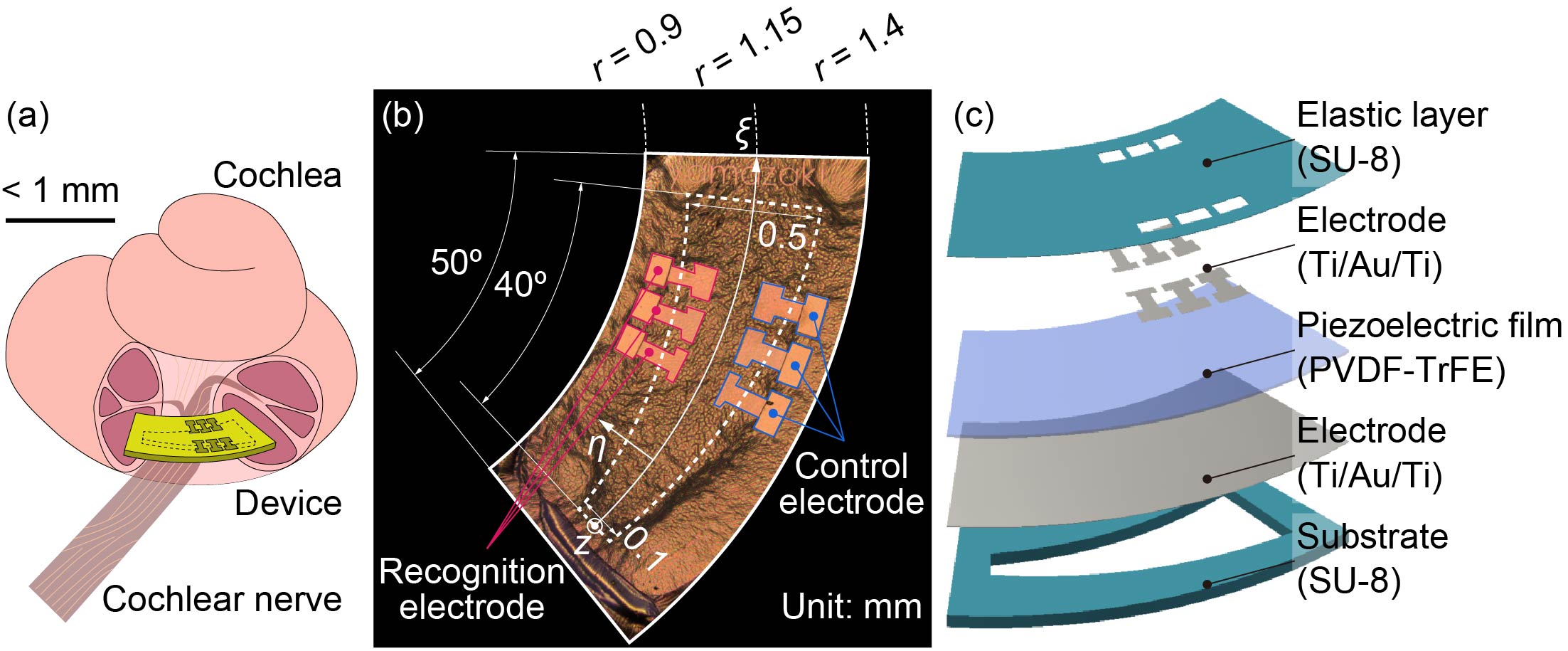Next-generation fully insertable cochlear implant
January 6, 2023
Background / Context / Abstract:
Cochlear implants are the one of the conventional treatments for the sensorineural hearing loss. The cochlear implant comprises both extracorporeal and internal devices. Cochlear implant users can restore hearing by electrically stimulating their auditory nerve with the implanted electrodes in their cochlea of the inner ear. Although the cochlear implant is recognized as the best clinical solution to sensorineural hearing loss, the extracorporeal unit may be inconvenient in daily life because of the frequent charging, and it is typically expensive. Recently, a fully insertable cochlear implant that does not require any external devices has been developed as the future technology.
Technology Overview:
The concept is based on biomimetics of the sensory epithelium in the cochlea. Microelectromechanical systems (MEMS) have made it possible to fabricate devices with the dimensions that can be inserted into the cochlea and with the key functions of the frequency selectivity and the conversion of sound/electrical signals.
https://doi.org/10.3390/mi13050768
Benefits:
A fully insertable cochlear implant is fabricated with organic piezoelectric materials poly(vinylidene fluoride-co-trifluoroethylene) (PVDF-TrFE) and does not require any external devices. A micro-electrode array is deposited on the PVDF-TrFE membrane to improve the frequency resolution of hearing.
Potential Applications / Potential Markets:
Next-generation fully insertable cochlear implant
State of Development / Opportunity / Seeking:
・Available for exclusive and non-exclusive licensing
・Exclusive/non-exclusive evaluation for defined period (set up for options)
・Collaborative/supportive research
※Seeking
1. Development partner
2. Licensing
IP Status:
Applied in Japan , not yet published.
Figures:
Contact:
![]()
